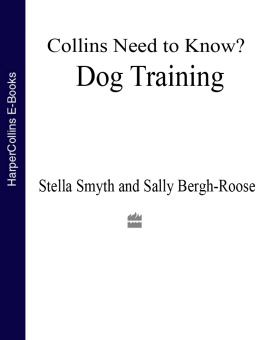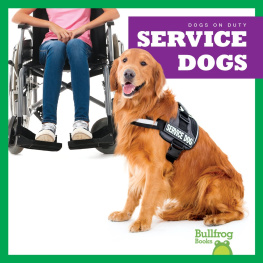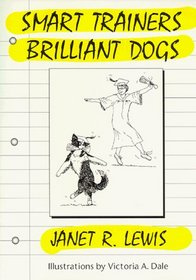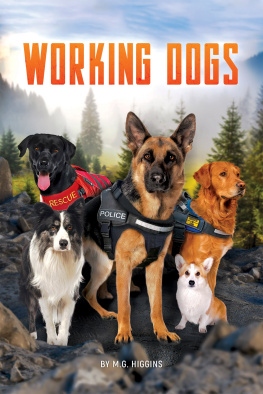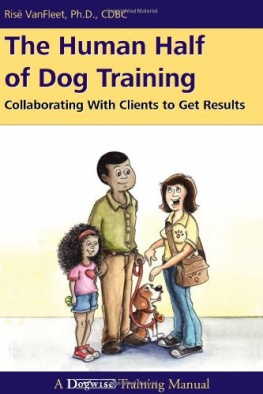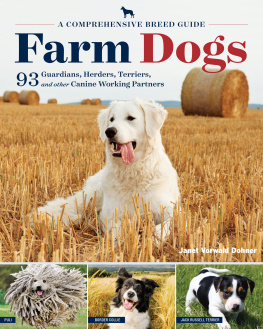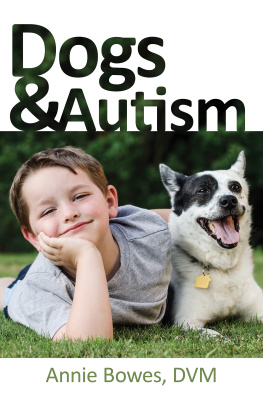EDITORIAL

Andrew DePrisco Editor-in-Chief
Amy Deputato Senior Editor
Jamie Quirk Editor
ART

Sherise Buhagiar Senior Graphic Artist
Bill Jonas Book Design
Joanne Muzyka Digital Imaging
The publisher would like to thank the following photographers for their contributions to this book: Mary Bloom, Lisa Croft-Elliott, David Dalton, Tara Darling, Dale Daugherty, Isabelle Franais, The Hartnagles, Robert Hoskins, Jeff Jaquish/ZingPix, Carol Ann Johnson, Alice Pantfoeder, Mary Peaslee, Dr. Robert Pollet, Christine Hartnagle Renna, Elsie Rhodes, Charlotte Schwartz, Judith Selby/SnapHappy, Stewart Event Images, Jeanne J. Taylor, Michael Trafford, Karen Ursel, and Alice van Kempen.
Cover photos by Tara Darling, Judith Selby/SnapHappy, Stewart Event Images, and Jeanne T. Taylor.
Kennel Club Books Country Dogs Series
HERDING DOGS
Copyright 2009

An Imprint of I-5 Press
A Division of I-5 Publishing, LLC
3 Burroughs, Irvine, CA 92618 USA
Library of Congress Cataloging-in-Publication Data
Renna, Christine H., 1956
Herding dogs / by Christine H. Renna.
p. cm. (Country dog series)
ISBN 978-1-59378-737-0
eISBN 978-1-59378-653-3
1. Herding dogs. I. Title.
SF428.6.R46 2008
636.737dc22
2008029220
All rights reserved. No part of this book may be reproduced, stored in a retrieval system or transmitted in any form or by any means, electronic, mechanical, photocopying, recording or otherwise, without the prior written permission of Kennel Club Books, except for the inclusion of brief quotations in an acknowledged review.
Printed and bound in China
15 14 13 12 11 10 09 2 3 4 5 6 7 8 9 10
Contents

Every major agricultural nation has developed its own sheepdogs. Belgium has produced four unique sheep-herding dogs, including the solid black Groenendael, or Belgian Sheepdog.
Introduction
My passion for herding dogs led me to write this book. I have been around herding dogs all my life. My family and I value and depend on the inherent versatility and trainability of our stock dogs. In this book I share with you the history and characteristics of the different herding breeds, an interesting group of dogs that have evolved over time to handle specific situations.
These highly social working breeds have been an important part of livestock industries for centuries. They come in many shapes and sizes, colors and coats. However, you will learn that they all share the natural desire and ability to control the movement of other animals. Watching a herding dog in action is exciting and fascinating.
A herding breed can be a nice choice for a family pet, toothese dogs are loyal and intelligent and make terrific companions. They respond brilliantly to training. I grew up with herding dogs, raising and training Australian Shepherds with my family for our daily ranch work. With you I share my knowledge of and experience with the training methods we use, from the basics right up to advanced methods.
Whether youre training farms dogs or enjoying a herding companion, I have included a little something for everyone: advice on selecting the breed that will fit your personal situation as well as discussions on training, care, nutrition, and first aid.

For versatility, speed, and intelligence, no other herding dog rivals the Border Collie.
Chapter
The History of the Herding Dog
Herding is defined as the controlled movement of livestock from place to place by a dog under the direction of a herdsman or shepherd. The herding instinct refers to the innate craving of the dog to round up and move that livestock. Historically speaking, herders were not the dogs, but the herdsmen or sheepherders who tended the livestock. Today, stockmen and stockwomen commonly refer to their herding dogs as stockdogs, sheepdogs, or even cowdogs. People sometimes refer to herding dogs in general as working dogs.

The qualifications of a cattle dog include strength, bravery, and drive, well embodied by the rough and ready Australian Cattle Dog.
A Brief Historical Overview
Most historians agree that herding breeds are probably direct descendants of the domesticated dogs brought to Britain with sheep by Neolithic humans around 3000 BC. Dogs bred indiscriminately at first, but as early peoples settled and moved with their sheep and cattle across the British Isles, they began to selectively breed dogs that were best adapted to specific environments and herding purposes.
Between 400 BC and AD 900, the herding dogs of Celtic, Roman, Anglo-Saxon, and Viking invaders and migrants contributed to the gene pool. For example, genealogists believe some early herding dogs were introduced first to Ireland and then to Britain by Celtic people from northern Spain known as Celtiberians, during the Roman Empire. The Celtiberians called their dogs collies, from a Gaelic word meaning useful. These dogs were powerful animals that were not intimidated by hard-to-control herds. They instinctively and skillfully gathered, drove, and guarded all types of livestock on the open range. Over the centuries, as European societies changed, livestock handlers further bred their herding dogs for a wide variety of characteristics and specialized skills.
Until the late nineteenth century, herding breed standards as we know them today did not exist, and a dogs lineage was very rarely recorded. Herding dogs came in all sizes, shapes, and colors, and the appearance of herding dogs was of no particular significance. The only thing that mattered was their keen working ability. It is difficult, therefore, to trace the history of herding breeds with certainty.
It is certain, however, that since medieval times shepherds, farmers, butchers, and drovers recognized and bred herding dogs to meet their individual needs. Shepherds needed even-tempered dogs capable of herding flocks on pastureland and searching for strays. Farmers and butchers who moved cattle needed quick-witted, strong dogs that could intimidate and control lively heifers on the farm or a herd driven long distances to market. Some dogs were bred to push stock; others were bred to gather and guard stock. Some were bred to keep predators away, including livestock thieves.

Breeds like the Australian Shepherd were developed to work on the large expanses of land in the arid climate of the American West.
Differences in local terrain and climate also influenced the development of herding breeds with distinct working styles and physical characteristics. British sheep farmers along the border of England and Scotland, for example, developed herding dogs that worked silently and moved low to the ground, traits inherited from ancestors that managed herds of deer in the royal forests that once existed there. Shepherds in mountainous areas developed sure-footed dogs that could guard flocks of goats and sheep from wolves and withstand extreme cold and high altitudes. Shepherds on the Shetlands and other islands developed smaller breeds of dogs, descended from the spitzlike dogs brought there by the Vikings, that needed little food and could herd the small native sheep and ponies. Throughout history, herding dogs were expected to perform in inclement weather, on rough terrain, and against all kinds of predators. In every era, the traits for which herding dogs would become knownagility, stamina, intelligence, and hardinesswere cultivated first on the farm and then, as the livestock industry developed, on the move.
Next page

